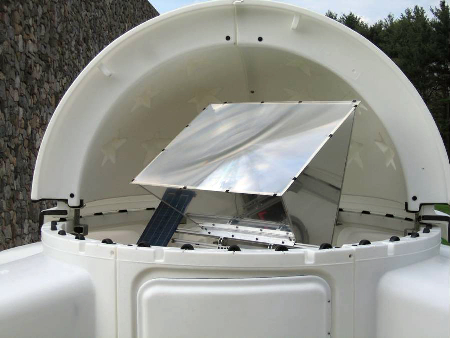High-tech trifecta dabbles in solar technology

What is it with high-tech giants and solar energy research and development? Apparently, as it turns out, many of the same manufacturing and design ideas that people have been applying to computer systems and microprocessor technology matter in the world of solar.
Intel is the third huge company (along with Hewlett-Packard and IBM) to make a major move related to solar technology in the last month. (There could be more, but I'm not aware of them.) Its news today is that it will spin off a company called SpectraWatt that has been part of its Intel Capital division.
As this press release outlines, SpectraWatt will be focused on manufacturing photovoltaic cells for solar module makers. Its first product shipments are expected in the middle of next year. Other companies involved in the $50 million spinout are Cogentrix Energy (part of Goldman Sachs), the PCG Clean Energy and Technology Fund and Solon AG.
On its own, this is noteworthy. But consider, also, that earlier this month HP said it is shacking up with solar energy system developer Xtreme Energetics to create technology that will produce electricity at twice the efficiency of existing solar panel. Its relationship takes the shape of a technology licensing pact under which HP will provide transparent transistor technology that it co-developed with Oregon State University. The transparent nature of the transistors apparently will allow for a maximum concentration of light.
And one should not overlook a recent announcement from IBM research about work they've been doing on solar farms, which it presented last month during the 33rd IEEE Photovoltaic Specialists conference. The company is experimenting with a concept known as concentrator photovoltaics, which provides higher electrical power density compared with typical cells.
Here's a photo of one of the things they're working on.
The nature of IBM's breakthrough here lies in its ability to apply cooling technology that it has used with microprocessors to the keep the solar cells from melting at such high concentrations of sunlight. If it can commercialize its technology, this would allow for solar farms to be developed using fewer photovoltaic cells. For more details on IBM's solar technology work, visit this link.
